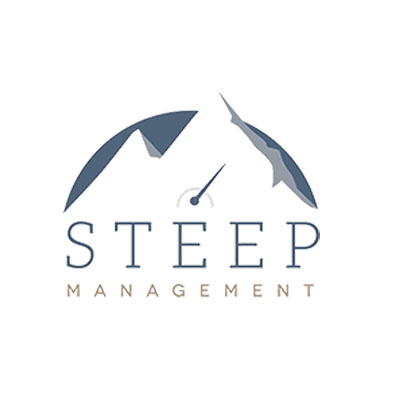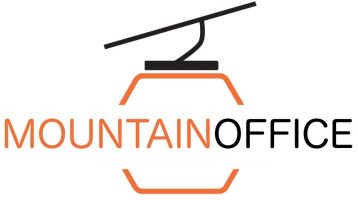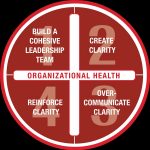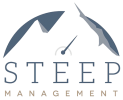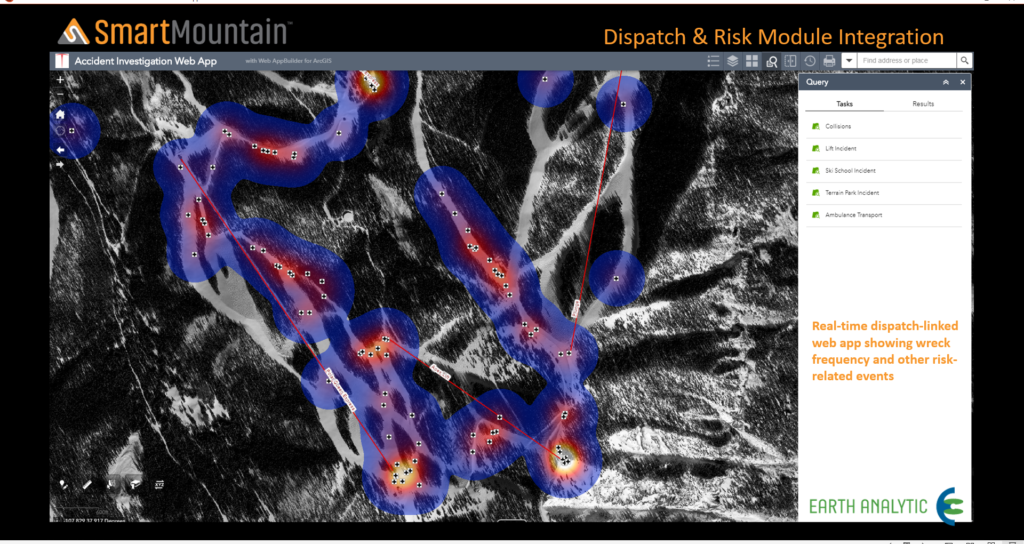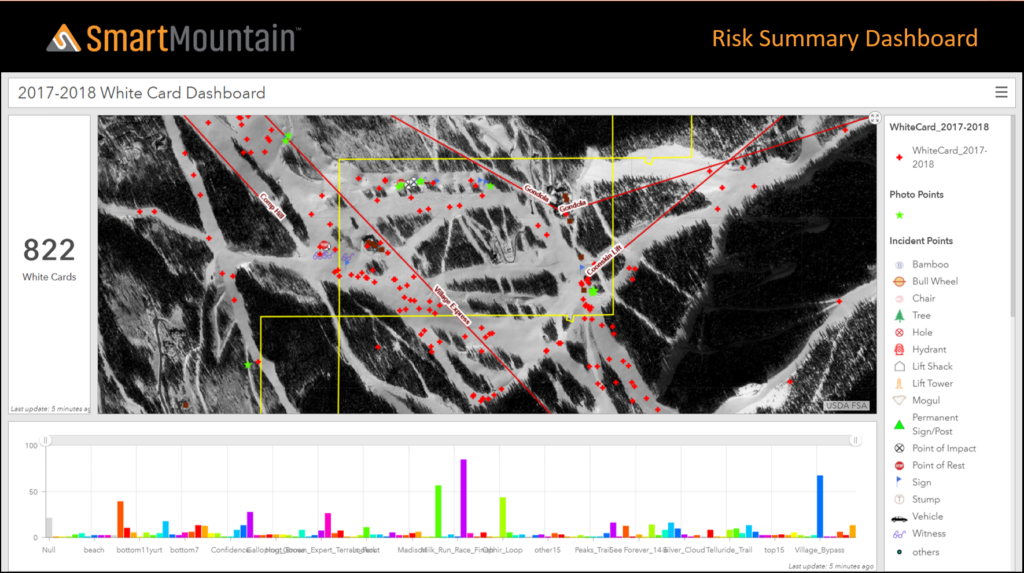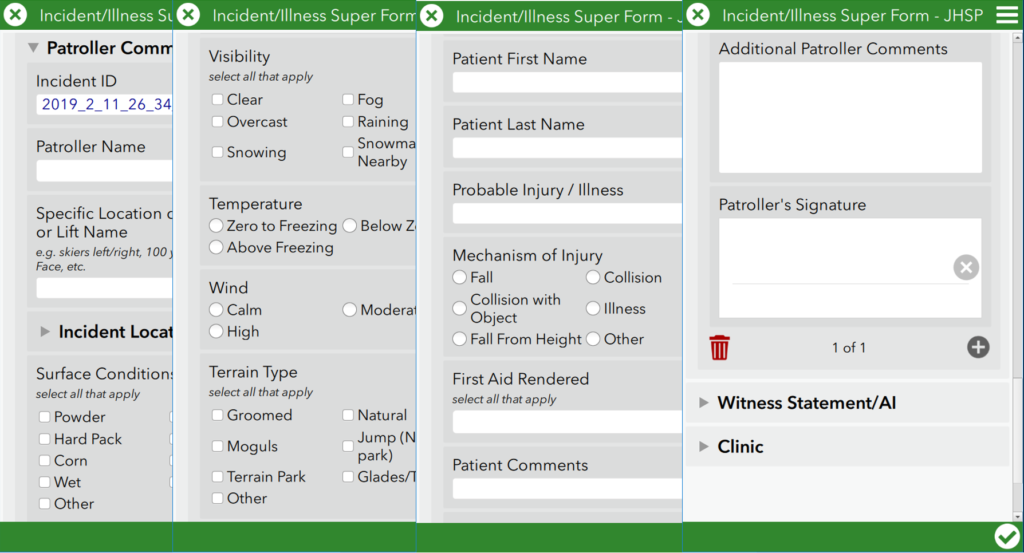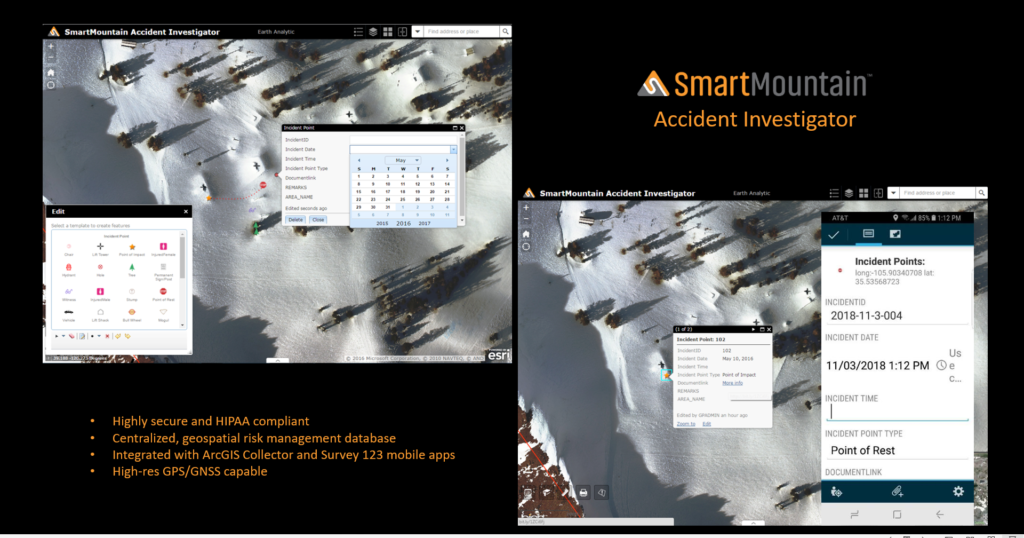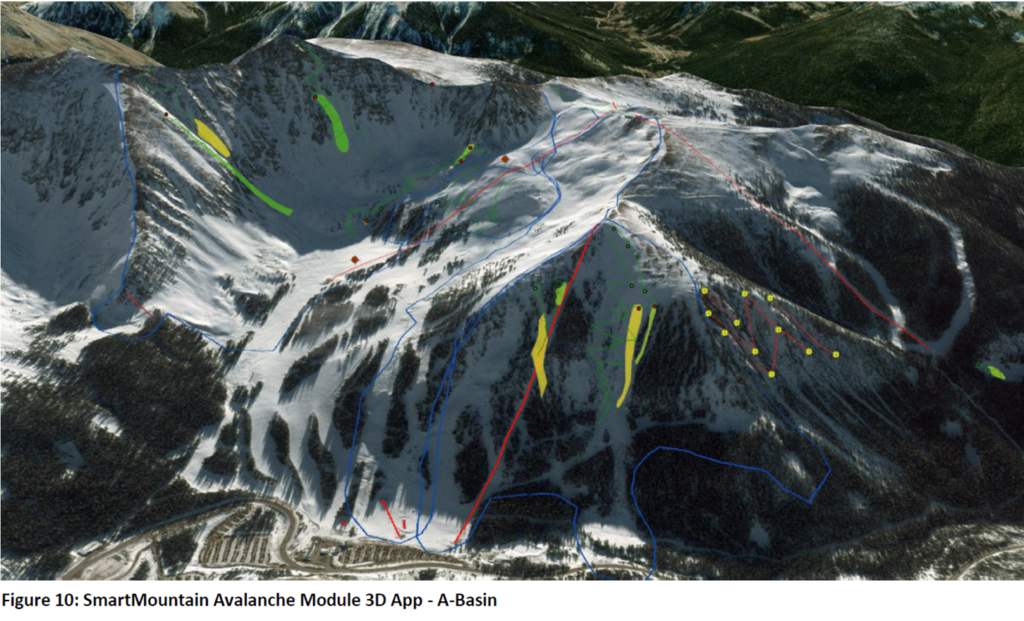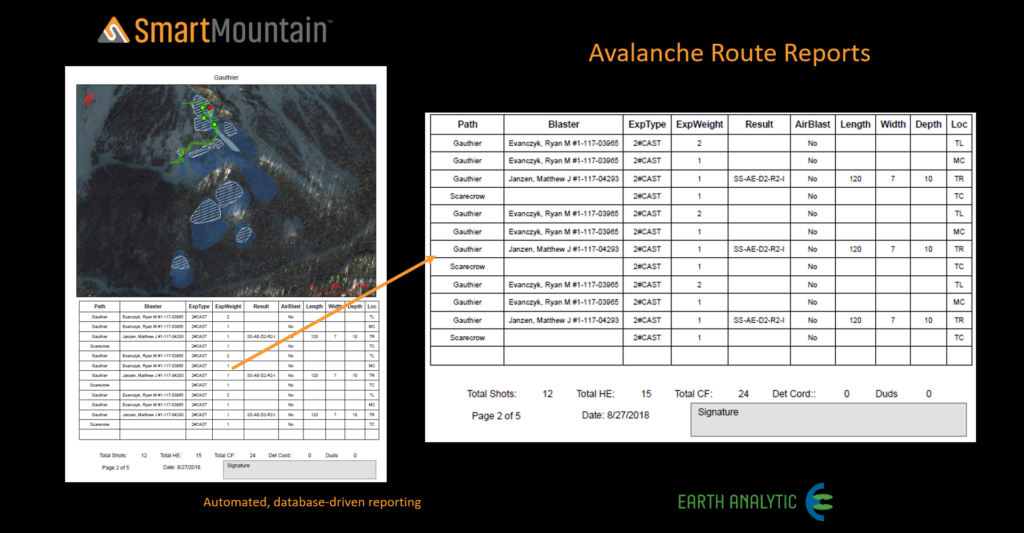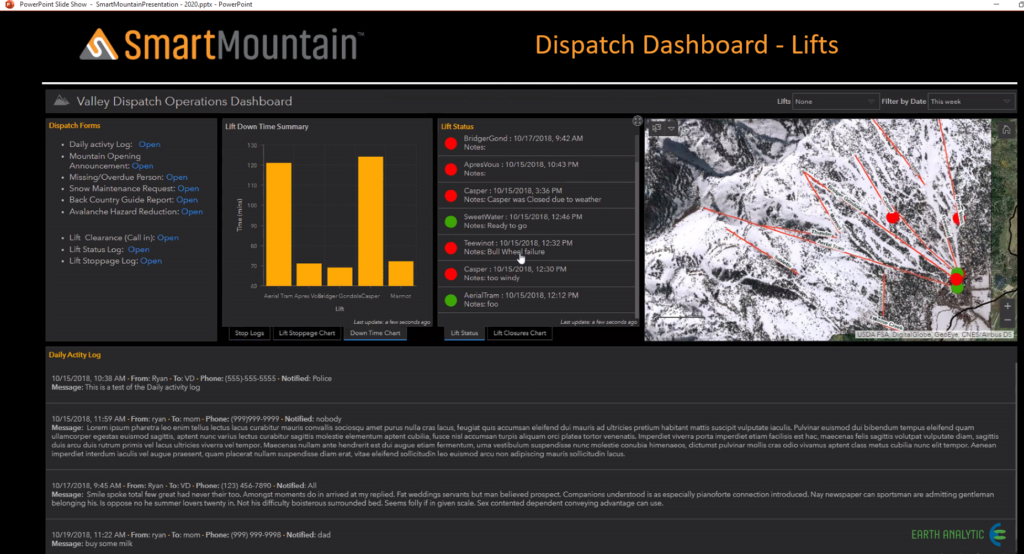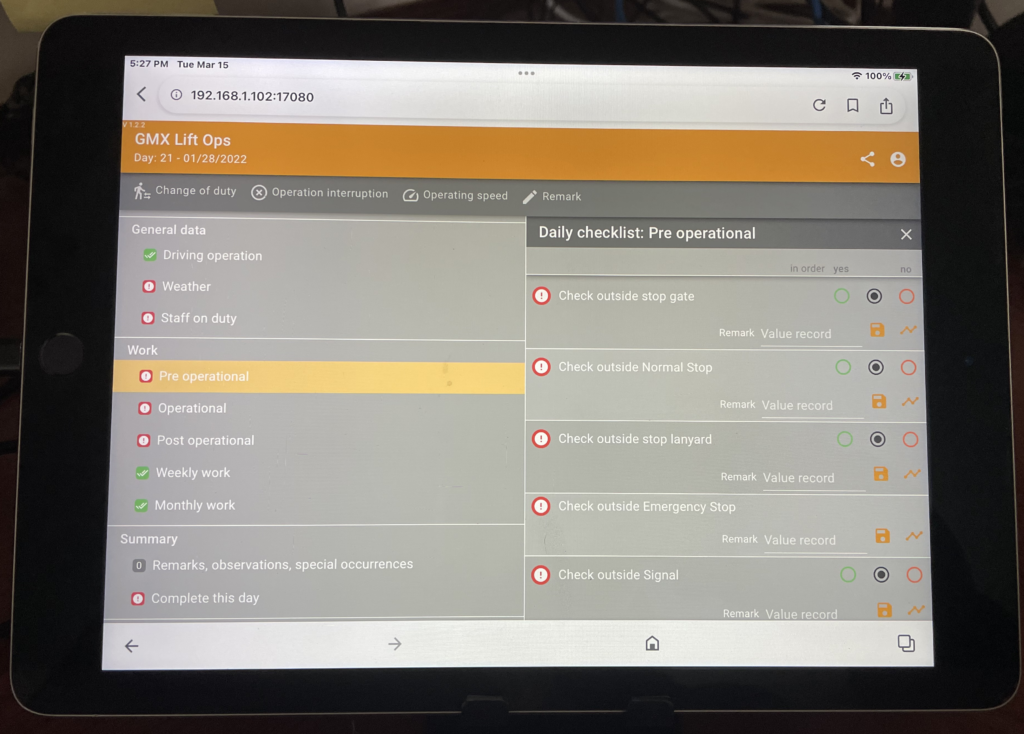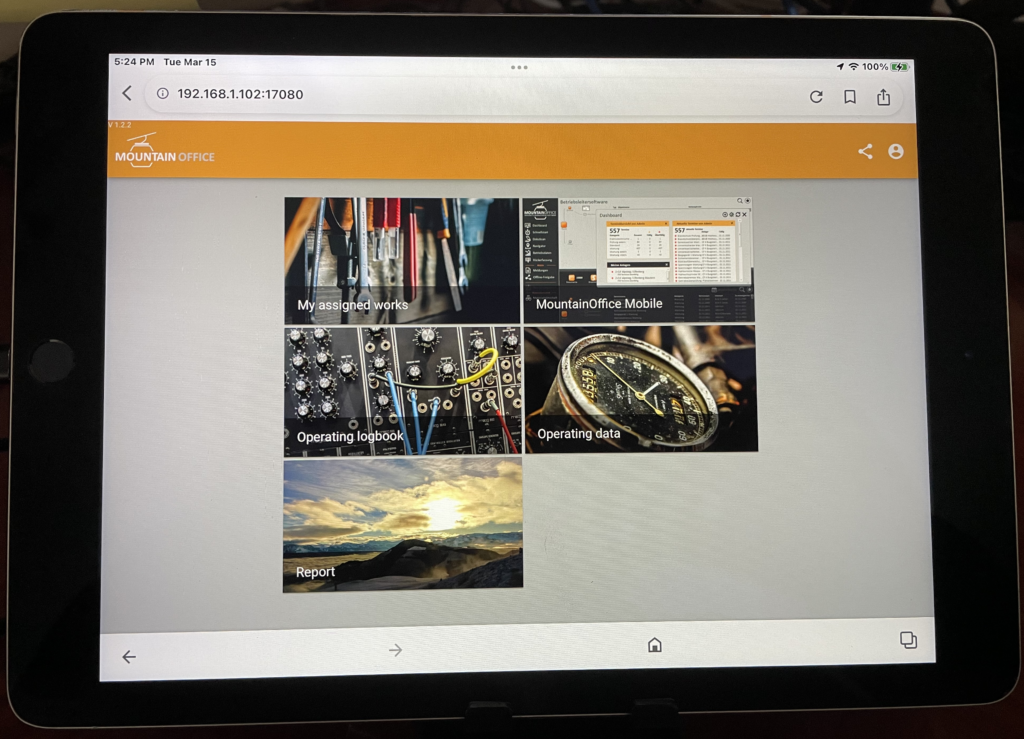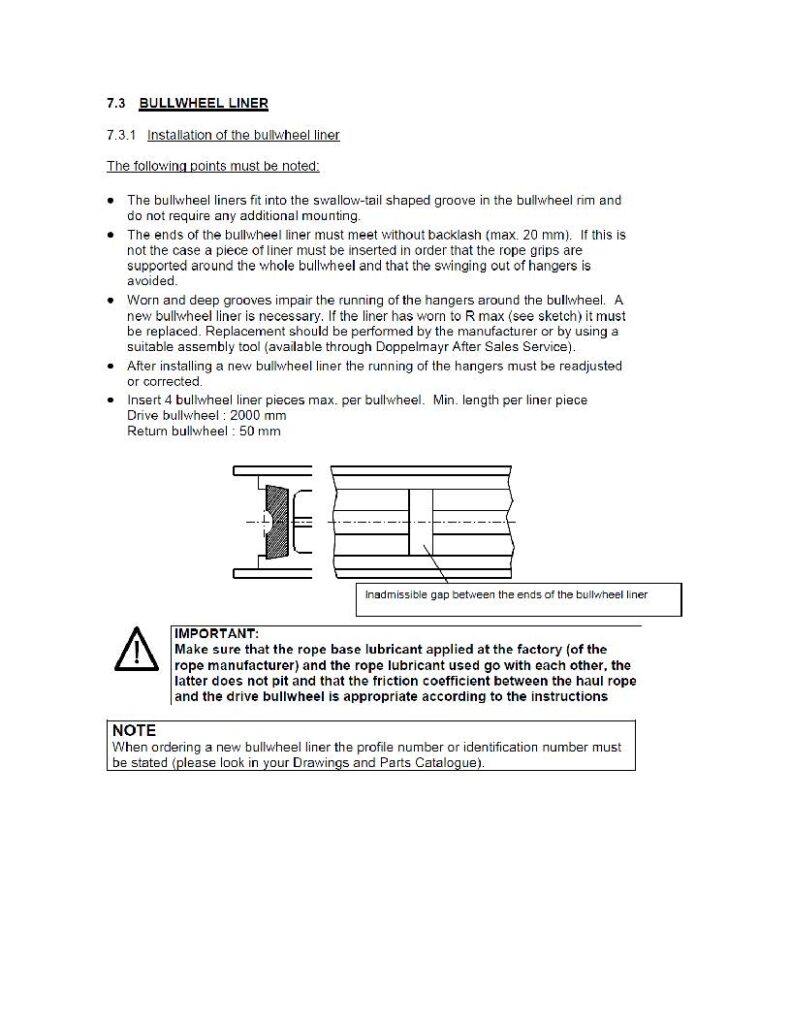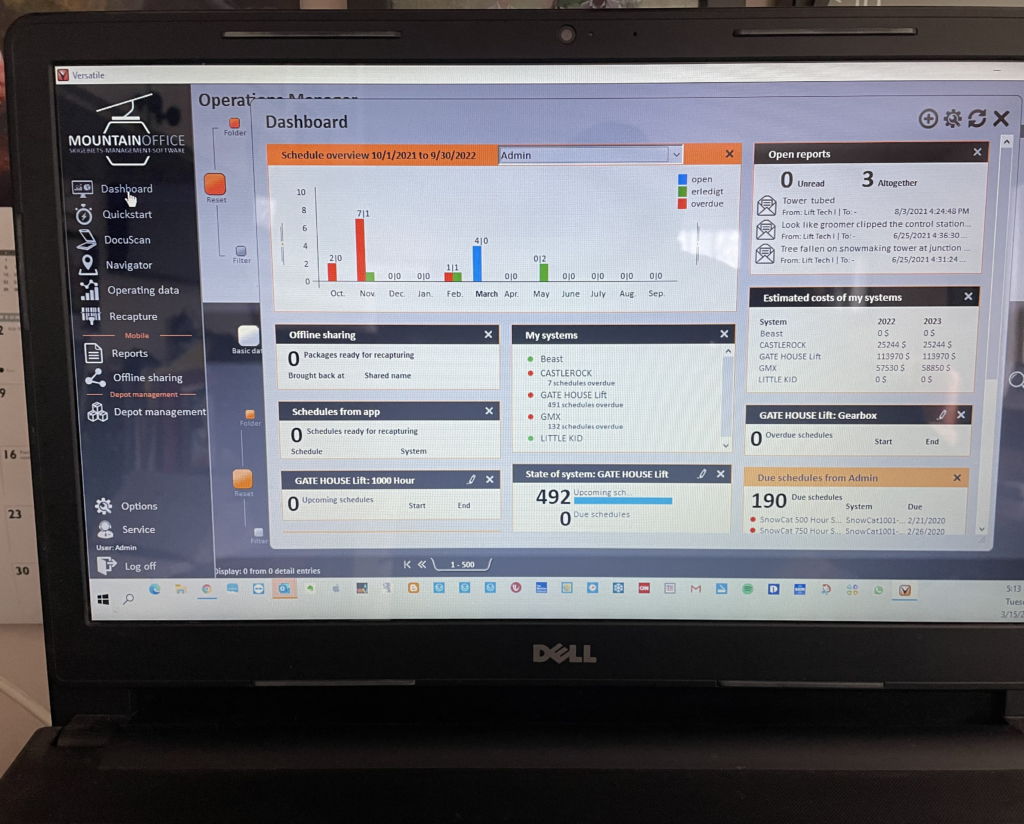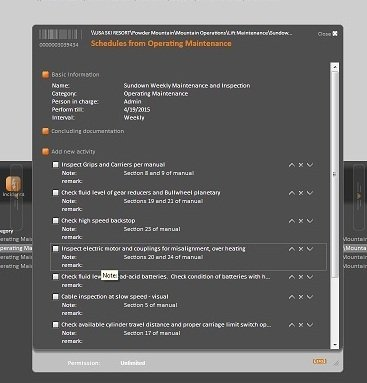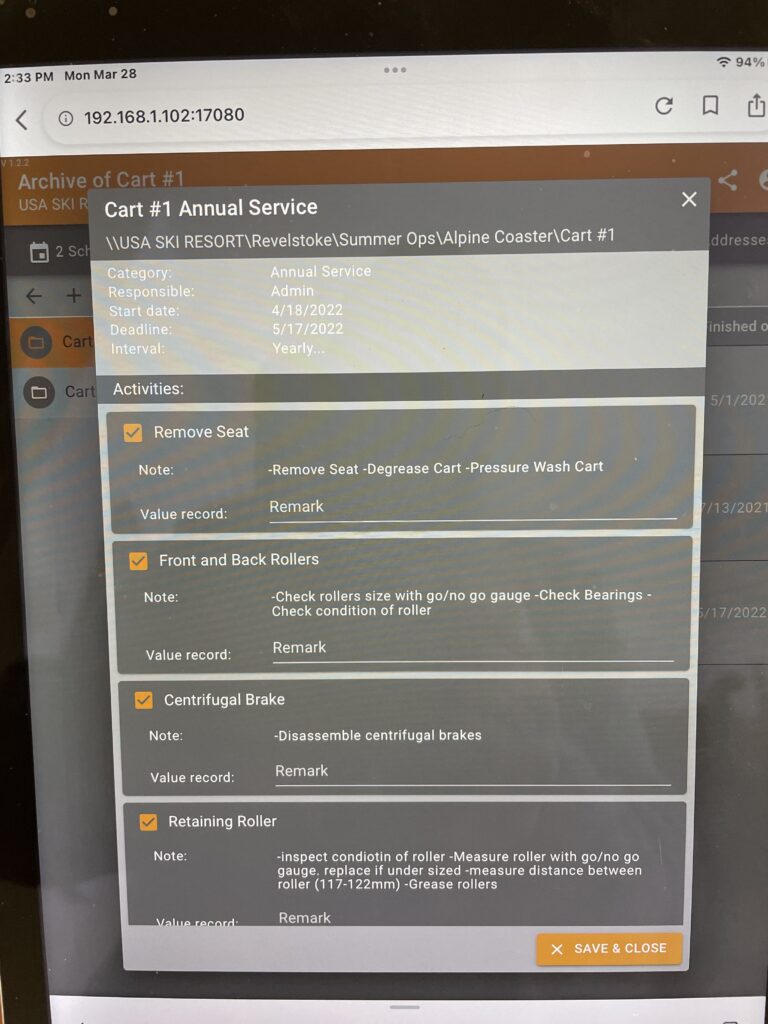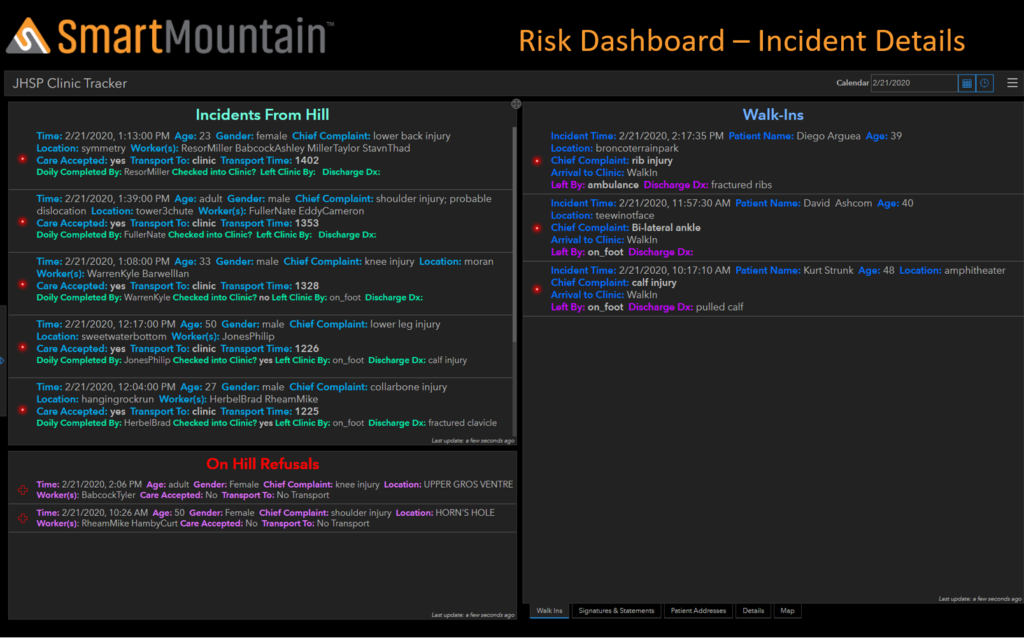
What is spatial technology? Otherwise known as applied geography, spatial science uses technologies such as global positioning systems (GPS), geographic information systems (GIS), remote sensing (RS), satellite imagery, and augmented reality. These technologies are used to visualize, manipulate, analyze, display, and record spatial data.
“Spatial Computing adds knowledge of the relative location and allows machines to work alongside humans. This is something that is becoming increasingly popular across many industries and Spatial Computing is sure to become more popular in the coming years alongside the advancements in technology.
Spatial Computing, put simply, is the visualization of activities and interactions between machines, people, objects, and the environments in which they take place. They enable and optimize actions and interactions.
It was a term first defined by MIT Media Lab alumni Simon Greenwold in his 2003 thesis. However, this vision was only made possible recently. Thanks to advances in artificial intelligence (AI), camera sensors, and computer vision that tracks environments.
Spatial Computing adds knowledge of the relative location and allows machines to work alongside humans. This is something that is becoming increasingly popular across many industries and Spatial Computing is sure to become more popular in the coming years alongside the advancements in technology.” ( Sphere Partners Blog » What is The Future of Spatial Computing?)
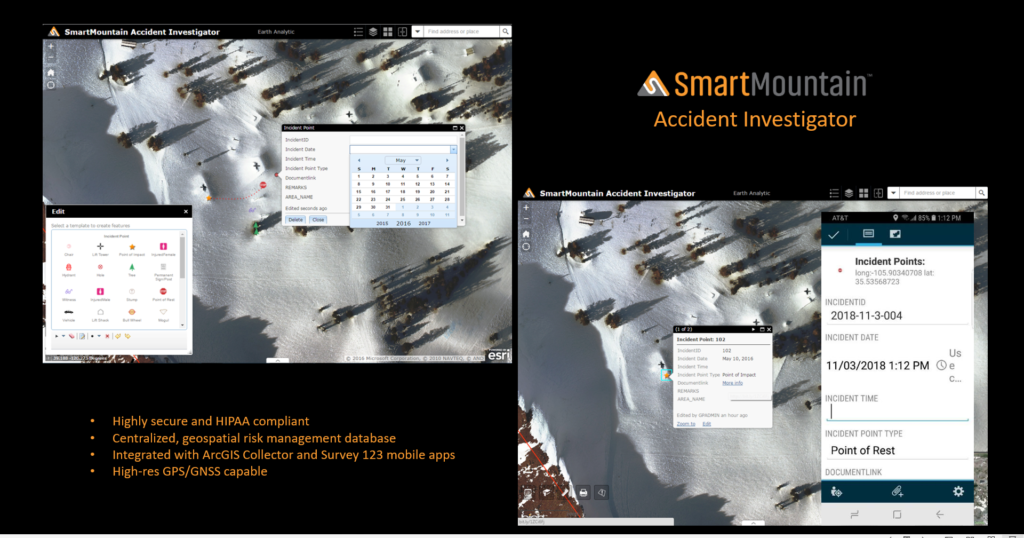
From a ski area perspective, SmartMountain utilizes spatial technology by bringing the activities on the mountain to a visual dashboard where those in a need-to-know position can grasp quickly and easily what is happening across the ski area. Not only does Smart Mountain provide this visualization, but the program is also collecting data with each input that will enable the analysis and visualization of the data to assist in a broad range of decision-making.
Often people refer to digital incident management systems as doing what we did on paper but just putting the information into a computer. Yes, for some systems that is the case, but with SmartMountain it is not. Imagine that every month ski patrol analyzes their incidents for age, type of injury, and where they happen on the hill and correlates this information in terms of trends. Are there similarities by category and what do those categories tell us? Do we need to make signage changes or modify terrain or can grooming address the issue? There can be any number of questions as to what to analyze. Having SmartMountain gives you that opportunity and the underlying result is you are ultimately providing a better product to the skiing and riding public.
SmartMountain, built by Earth Analytic, utilizes the Esri ArcGIS platform Survey123 to provide a ski area with many options for managing dashboards, incident management, snow safety, and future snow management. Here is a two-minute video explaining the value of Survey 123 Connect an ESRI tool; https://youtu.be/a6rfNbj65fI.
Give Steep Management a call, at (802) 279-3081, and ask for a free demo to see the power and simplicity of SmartMountain.
